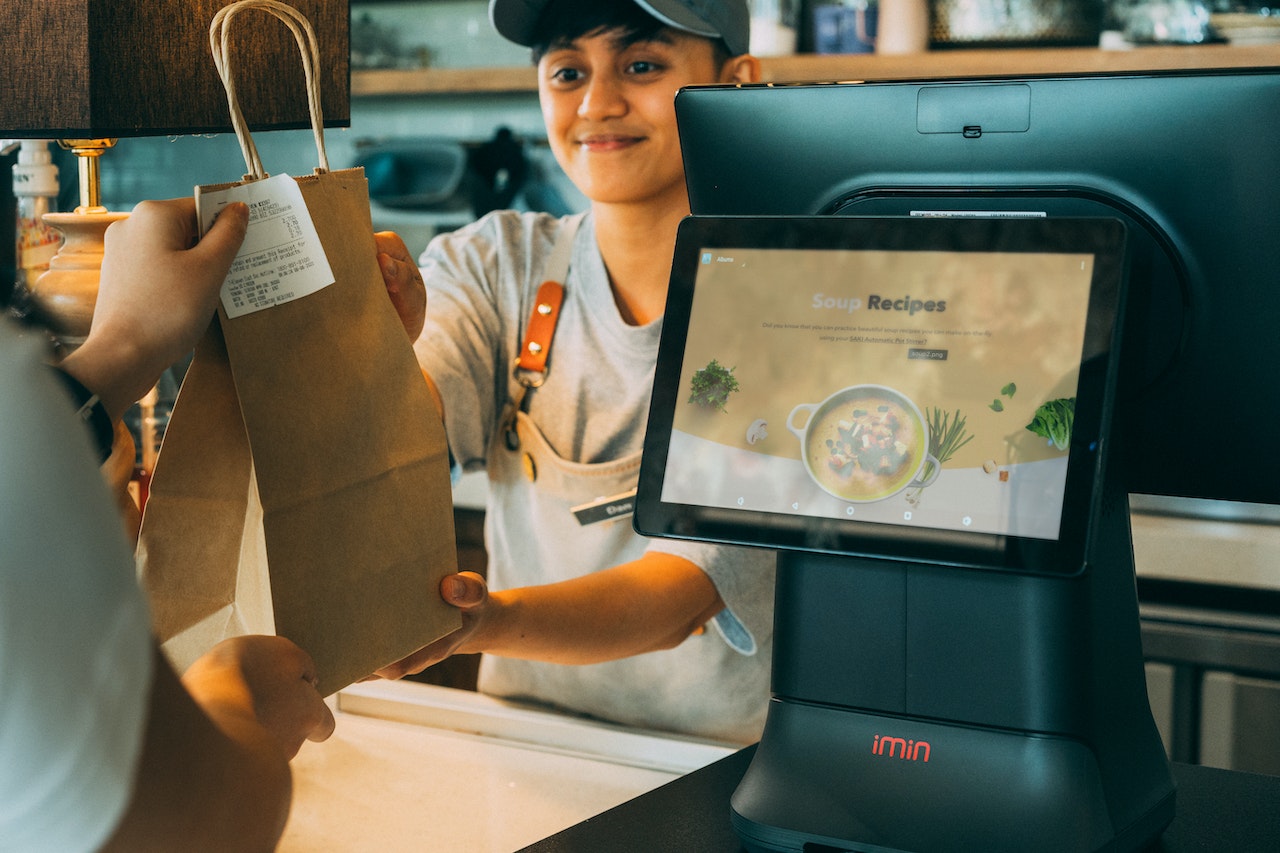In the evolving landscape of business, customer experience (CX) has emerged as the linchpin for success. For senior service managers, the ability to understand, measure, and enhance customer engagement is pivotal.
The digital era has redefined the dynamics of customer interactions, necessitating a recalibration of strategies to ensure sustainable and successful engagements. In this regard, specific key indicators stand out as crucial focal points for senior service managers aiming for triumph in CX management.
1. Net Promoter Score (NPS)
A fundamental metric, NPS reflects the likelihood of customers recommending your brand to others. This indicator encapsulates overall customer satisfaction, serving as a compass for understanding the sentiment and loyalty of your customer base. Senior service managers need to track NPS regularly, diving deep into segmented data to comprehend varying experiences among different customer demographics.
2. Customer Effort Score (CES)
The ease with which customers can interact with your services or products is paramount. CES measures the level of effort required from the customer’s end to resolve an issue or complete a transaction. Senior service managers should focus on reducing customer effort, streamlining processes, and simplifying interactions to elevate CES, thereby enhancing overall satisfaction.
3. Customer Churn Rate
Understanding why customers leave is as crucial as acquiring new ones. Senior service managers need to closely monitor and analyze churn rates to identify patterns and root causes prompting customers to disengage. Strategies can then be formulated to proactively address these issues and retain valuable clientele.
4. Customer Lifetime Value (CLV)
Looking beyond immediate transactions, CLV assesses the long-term value a customer brings to the business. It helps in prioritizing high-value customer segments, devising personalized engagement strategies, and fostering lasting relationships. Senior service managers should consistently evaluate CLV to optimize resources and tailor experiences that resonate with valuable customers.
5. First Response Time and Resolution Time
Rapid responses and efficient issue resolution significantly impact customer satisfaction. Monitoring these metrics allows senior service managers to ensure timely and effective support, thus enhancing the overall customer experience.
6. Customer Satisfaction (CSAT) Scores
CSAT surveys provide direct feedback on customers’ satisfaction levels regarding specific interactions or experiences. Senior service managers should leverage CSAT scores to pinpoint areas for improvement, guiding initiatives to enhance satisfaction across touchpoints.
7. Social Media Sentiment Analysis
In today’s digital age, social media platforms serve as forums where customers express their experiences openly. Monitoring sentiment across these channels provides invaluable insights into customer perceptions and sentiments. Senior service managers need to employ robust sentiment analysis tools to gauge public opinion and respond promptly to both praise and criticism.
8. Customer Journey Mapping and Touchpoint Analysis
Understanding the customer journey is vital. Mapping out touchpoints and analyzing each interaction aids in identifying pain points and opportunities for improvement. Senior service managers should invest in comprehensive journey mapping to craft seamless experiences aligned with customer expectations.
9. Employee Engagement and Satisfaction
Happy employees often lead to happy customers. Senior service managers should recognize the correlation between employee satisfaction and customer experience. Engaged and motivated employees are more likely to deliver superior service, positively influencing customer interactions.
10. Predictive Analytics for Anticipating Customer Needs
Leveraging data-driven insights through predictive analytics enables senior service managers to anticipate customer needs. By understanding behavioral patterns, preferences, and trends, proactive strategies can be devised to cater to evolving customer requirements.
In conclusion, successful customer engagements hinge on the meticulous evaluation and enhancement of various key indicators. Senior service managers must adopt a holistic approach, leveraging data-driven insights and customer-centric strategies. By prioritizing these key indicators, organizations can forge enduring relationships with customers, fostering loyalty and driving sustainable growth in today’s competitive landscape.
